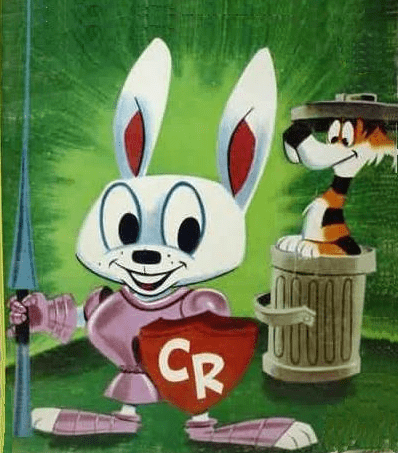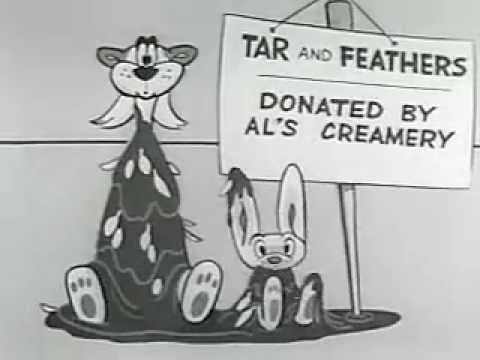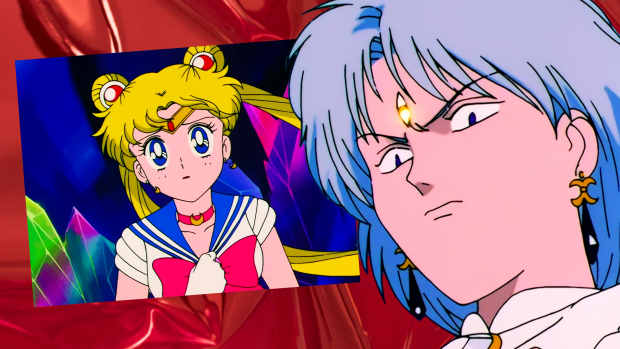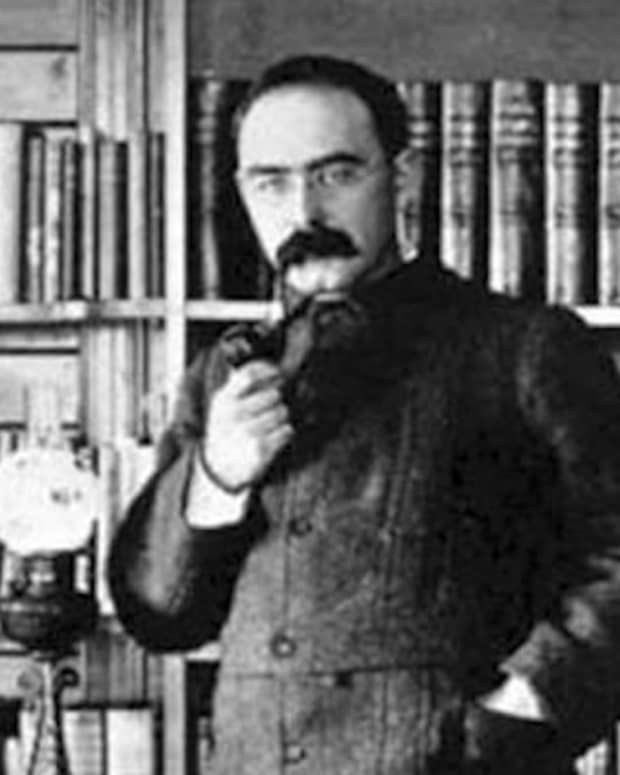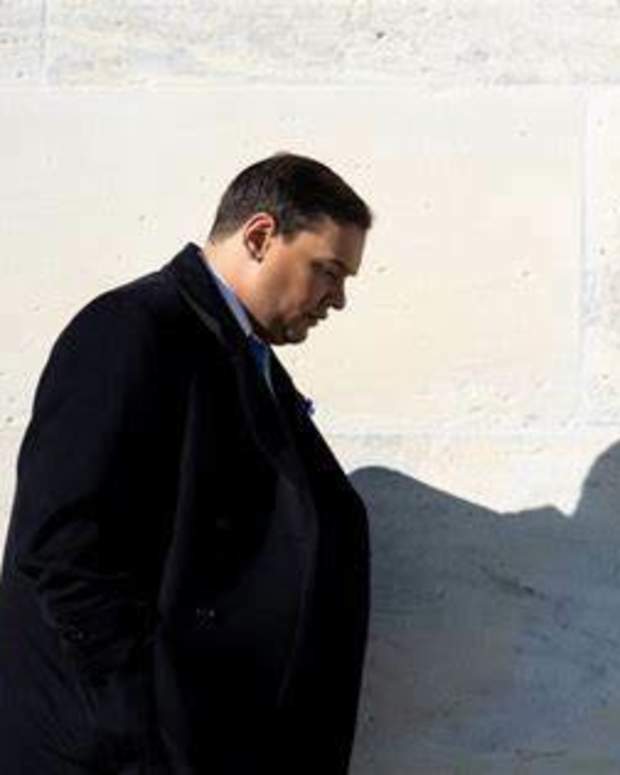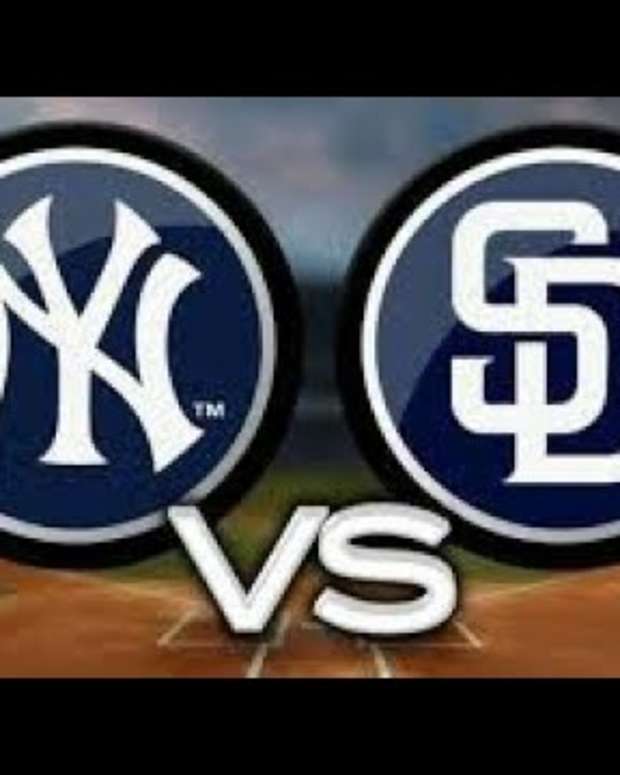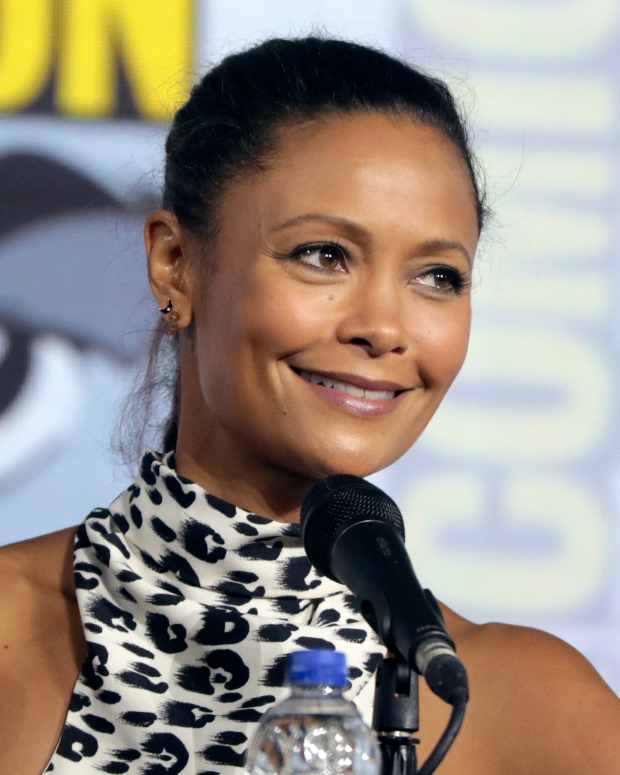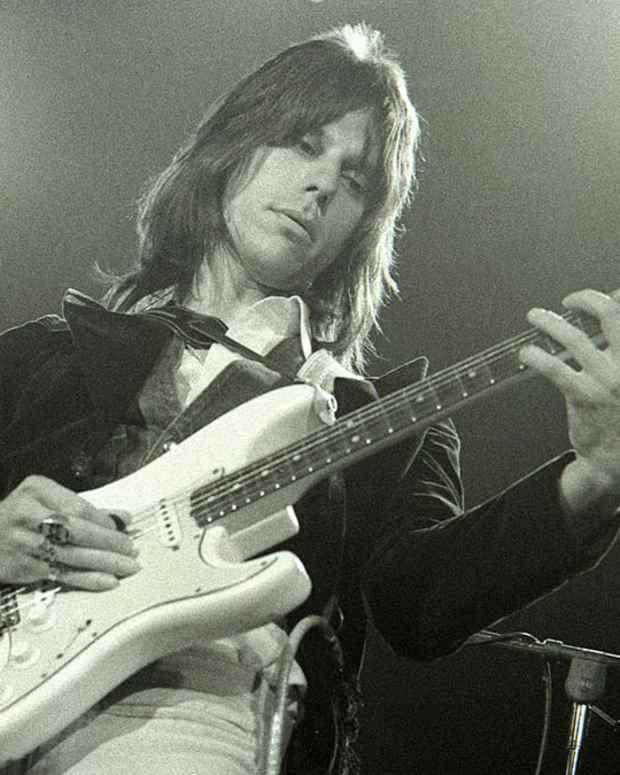Crusader Rabbit: How Television's First Cartoon Reshaped Animation
| Airdate | Channel | Studio |
|---|---|---|
1949-1952 | Syndication | Television Arts |
1957-1959 | Syndication | Capital Enterprises |
Taking a Risk
Created in 1947 (and tested in 1948 before finally making his debut in 1949), Crusader Rabbit was the first cartoon created specifically for television. Alexander Anderson, an animator at Terrytoons Studios, wanted to try a made-for-TV cartoon series, having been inspired by the 1941 film The Reluctant Dragon to the idea of limited animation, which would be more cost-effective for a format like television. However, his idea was turned down by Terrytoons, who felt it would be too risky an endeavour as television was an unproven medium. He then turned to his childhood friend, Jay Ward, and together they formed their own production studio, "Television Arts Productions".
Initially, Crusader Rabbit was to be part of a compilation series called The Comic Strips of Television, which would have also included shorts centered around the characters of Hamhock Jones, a Sherlock Holmes-esque private eye who would be the foil of a pair of siamese twin villains, and Dudley Do-Right (who'd finally gain his own shorts over ten years later). Crusader Rabbit by itself caught the interest of stations, and the program was picked up separately for syndication, primarily by NBC affiliates, ordered for 130 four-minute shorts split across ten serialized adventures. After it was proven a success, they ordered an additional five adventures, bumping the episode count to 195.
TV's First Animated Hero
Crusader Rabbit is about the adventures of the small, yet brave titular rabbit, and his dimwitted friend, Rags the Tiger, as they take on such foes as pirates and the entire state of Texas. The juxtaposition of having the small character acting tough and confident, while the large character is comparatively timid, was a type of comedic pairing that hadn't been widely used up to that time. It would be one of the most lasting impressions Crusader Rabbit made on animation, being used as the basis for many future cartoon duo's, such as Jay Ward's later creation, Rocky & Bullwinkle.
To say the animation for Crusader Rabbit is primitive would be generous. Due to the miniscule budget that the animators were given, rather than being able to animate 40 cels per foot of film like an average theatrical cartoon, the animation would have to be done using 4 cels per foot. In this way, Crusader Rabbit was more like a picture book mixed with a puppet show: still images with only the bare minimum amount of animation necessary to progress the story. While TV animation budgets have generally gotten better since Crusader Rabbit's time, many of the techniques used here still crop up in television animation from time to time as cost-saving measures, especially in anime.
However, beneath the limited animation is the story. As one of the first serialized cartoons, and indeed as one of the first cartoons to have cliffhangers, Crusader Rabbit is reminiscent of the movie serials of the time. Each episode would begin with a recap of the previous day's events, advance the story slightly more, until ending with the characters in a predicament that would leave the viewer waiting in anticipation until the next episode. As each of Crusader Rabbit's ten crusades would last anywhere from 10 parts to a whopping 30 parts, pacing had a habit of being all over the place. Some episodes might greatly advance where the story is headed next, while others may have the characters just end up in the same place as they were at the start of the episode. The plot might even be stretched to the point where, to fill time, an entire episode might simply be recap. But there's also a charm to the storytelling, as Crusader Rabbit chock full of tons of sight gags and twists on cliches, which would become a staple in future Jay Ward cartoons.
The titular character of Crusader Rabbit was the first role performed by Lucille Bliss, who would go on to have an extensive 68-year career in animation, such as Smurfette in the 1981-1989 Smurfs cartoon and Ms. Bitters in 2001-2002's Invader Zim. She and Vern Louden as Rags perhaps served as the vocal basis for how June Foray and Bill Scott would later play Rocky and Bullwinkle, as much of their approaches to the characters are similar in tone. Additionally, Roy Whaley voices the ever-present narrator, who fills in the unclear gaps that the limited animation leaves in the story.
The Lawsuit
Crusader Rabbit's original run would end in 1952, and soon the character would become the center of a legal dispute. At the end of its run, Jerry Fairbanks, who had been the executive producer of Crusader Rabbit, wished to purchase the series from NBC in order to distribute the show to new stations that were cropping up across the country looking for cheap programming to air. The asking price NBC gave Fairbanks was to the tune of $170,000, well outside of Fairbanks’ price range. He set up a deal with NBC that they would loan Crusader Rabbit to him to do as he wished for the price of $8,000 a month. This deal worked for a time, until Fairbanks quickly began to miss payment after payment. NBC pulled out of the deal, and eventually the distribution rights to the series would wind up in the hands of a man named Shull Bonsall.
Alexander Anderson and Jay Ward, who had liked Fairbanks, were uncomfortable with their creation now being owned by someone who had absolutely no involvement with the production of Crusader Rabbit, and, in 1954, sued NBC and Bonall to regain the rights to their creation. The trial went on for several years, and Television Arts Production was stuck animating commercials just to stay operating while they waited for a verdict. In 1956, Jay Ward was contacted by an old friend from high school, Leonard Key (whose brother, Ted Key, would eventually create “Mr. Peabody & Sherman” for Ward’s Rocky and Bullwinkle show), who felt it was the right time to revive Crusader Rabbit. While Ward agreed, feeling confident they would win the lawsuit, said lawsuit had drained Television Arts Production of finances and manpower, so another studio would have to handle producing a new Crusader Rabbit.
The Short Tale of Shield Productions
Around this same time in 1955, MGM was shutting down their theatrical animation division. The running force behind the animation studio since its formation in 1937, Fred Quimby, was retiring and had just put William Hanna and Joseph Barbera, who had both been two of MGM’s best animation directors, in charge. Their leadership of the animation division would be short-lived, as MGM executives, scrambling to recover the drop in film revenue caused by television’s emergence, decided that reselling the already-existing shorts would be far more profitable than creating new ones. In 1957, the entire animation studio was abruptly shut down and its entire staff fired with a single phone call. Out of a job, William Hanna looked towards television animation and met with Jay Ward, who pitched the idea of Hanna helming the new Crusader Rabbit. Hanna enthusiastically agreed, and formed the new studio Shield Productions to produce this new Crusader Rabbit.
The new series would be in color rather than the original’s black-and-white, which was rare among TV shows for the time as color televisions were still very much a luxury item, but the idea of producing TV cartoons in color from the get-go was gaining traction, with “Colonel Bleep” airing that same year as the first TV cartoon produced in color. Alexander Anderson decided to sit out of this rendition of the show, having become tired of the constant legal problems over the past few years. Meanwhile, Len Key met with RCA to create a distribution deal for the revival. As the deal was about to be made, an important question came up: Who exactly owned the rights to Crusader Rabbit?
Elsewhere, Shull Bonsall, who had legally gained ownership to Crusader Rabbit, was also producing a new series under the “TV Spots” division of his Capital Enterprises. With two different series in production by two separate studios claiming to own the same character, the heated legal struggle accelerated. In the end, thanks in part to being the bigger fish in the pond, Bonsall won out, and both Alexander Anderson and Jay Ward were forced to give up their rights to Crusader Rabbit. This resulted in the termination of Shield Productions, and once again Anderson, Ward, and William Hanna found themselves out of jobs.
The Second Crusade
So, what of the second series that did see the light of day in 1957? Capital Enterprises produced 260 episodes, twice the amount initially given to the first series. Like the series that Hanna had been developing, this one was in color, and had slightly better animation (though still very limited). Vern Louden and Roy Whaley both reprised their roles as Rags and the Narrator respectively, but Lucille Bliss did not return, being replaced by radio actress GeGe Pearson as Crusader. A new foil to Crusader and Rags was added in the form of the evil mustache-twirling villain Dudley Nightshade, voiced by Radio/TV personality Russ Coughlan.
It more or less follows the same format as the original series, though the stories now feel less like serialized adventures and more like a 20 minute episode chopped up into bite-sized bits. Overall it’s a fine continuation of the original series, though, outside of having a recurring villain, it doesn’t distinguish itself enough from the original to feel like a separate series (whether that’s good or bad is up for interpretation).
An Everlasting Impact
As for Television Arts Production, following the cancellation of the Hanna-helmed Crusader series, it more or less reformed as Jay Ward Productions. In 1959, a full 10 years after Crusader Rabbit’s debut, Jay Ward, Alex Anderson, and Len Key created “The Rocky and Bullwinkle Show” as well as its accompanying shorts. And what became of William Hanna? Well, he teamed back up with Joseph Barbera and, thanks to the experience and knowledge about television animation that Hanna gained while working at Shield Productions, the two formed a studio that would come to dominate animation for the next several decades: Hanna-Barbera Productions.
While Crusader Rabbit himself would eventually fade into obscurity (though reruns of his show ran well into the 1970s), it demonstrated that television was a viable market for original animation and paved the way for the cartoon legends who would soon follow.
Additional Reading
Scott, Keith. "The Moose That Roared: The Story of Jay Ward, Bill Scott, a Flying Squirrel, and a Talking Moose" Macmillan, 2014. Print.
Crusader Rabbit DVD
© 2015 Josh Measimer
Comments
Fox Music on July 22, 2015:
Thank You for Sharing !!
Bingk on June 05, 2015:
awesome! Keep it up!

